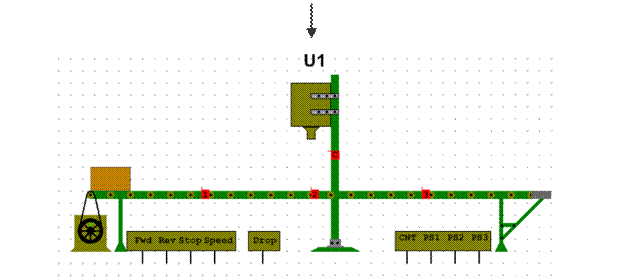Consolidation of grammar.
1) Write questions in the present continuous or present simple. A What are you eating? (you / eat) B Besparmak. 1 A Where ___________ lunch today? (you / have) B At home. My mum’s making kuyrdak. 2 A What ______________? (he / do) B He is an accountant. 3 A _________________ this weekend? (you / go away) B No, we are staying here. 4 A ________________ to eat out tonight? (you / want) B Yes, that would be nice. Where shall we go? 5 A What ______________? (she / cook) B I don’t know, but it smells good.
2) Put each verb in brackets into either the present simple or the present continuous. Dear Aunt Jean, I (1) am just writing (just write) to tell you how much I (2) ______________ (appreciate) the money you sent me, and to tell you how I (3) ____________ (get on) in my first term at university. Actually I (4) ___________ (really enjoy) myself! I (5) __________ (study) quite hard as well, but at the moment I (6) _________ (spend) a lot of time just making friends. I (7) __________ (still stay) with my friend Sue, and I (8) _________ (look for) somewhere of my own to live. Only a few of the first-year students (9) ________ (live) in college here, and I (10) _________ (seem) to be spending a lot of time travelling backwards and towards. I (11) __________ (go) to lectures every morning, and most afternoons I (12) _________ (study) in the library. In fact I (13) __________ (write) this letter instead of an essay on Hamlet! I (14) ________ (think) I’ll buy some new clothes with the money you sent. Everything (15) _________ (cost) a lot here, and I (16) _________ (save) to buy a winter coat. It (17) _________ (get) really cold here in the evenings. I now (18) _________ (know) some other students and generally speaking we (19) _________ (have) quite a good time socially! I (20) _________ (also learn) to drive. See you soon. Katherine & READING Warming up – Read the text and answer the questions: 1 Is food a pleasure for you? 2 What do you normally eat in a typical day? 3 What food is healthier in Kazakh cuisine? 4 Do you ever eat “unhealthy” food? How do you feel about it? 5 What food in Kazakh cuisine do you like most?
Kazakh cuisine Traditional Kazakh cuisine revolves around mutton and horse meat as well as various milk products. For hundreds of years, Kazakhs were herders who raised fat-tailed sheep, Bactrian camels, and horses, relying on these animals for transportation, clothing, and food. The cooking techniques and major ingredients have been strongly influenced by the nation’s nomadic way of life. For example, most cooking techniques are aimed at long-term preservation of food. There is large practice of salting and drying meat so that it will last, and there is a preference for sour milk, as it is easier to save in a nomadic lifestyle. Meat in various forms has always been the primary ingredient of Kazakh cuisine, and traditional Kazakh cooking is based on boiling. Horse and mutton are the most popular forms of meat and are most often served in large uncut pieces, which have been boiled. Kazakhs cared especially for horses which they intended to slaughter-keeping them separate from other animals and feeding them so much that they often became so fat they had difficulty moving.
|




